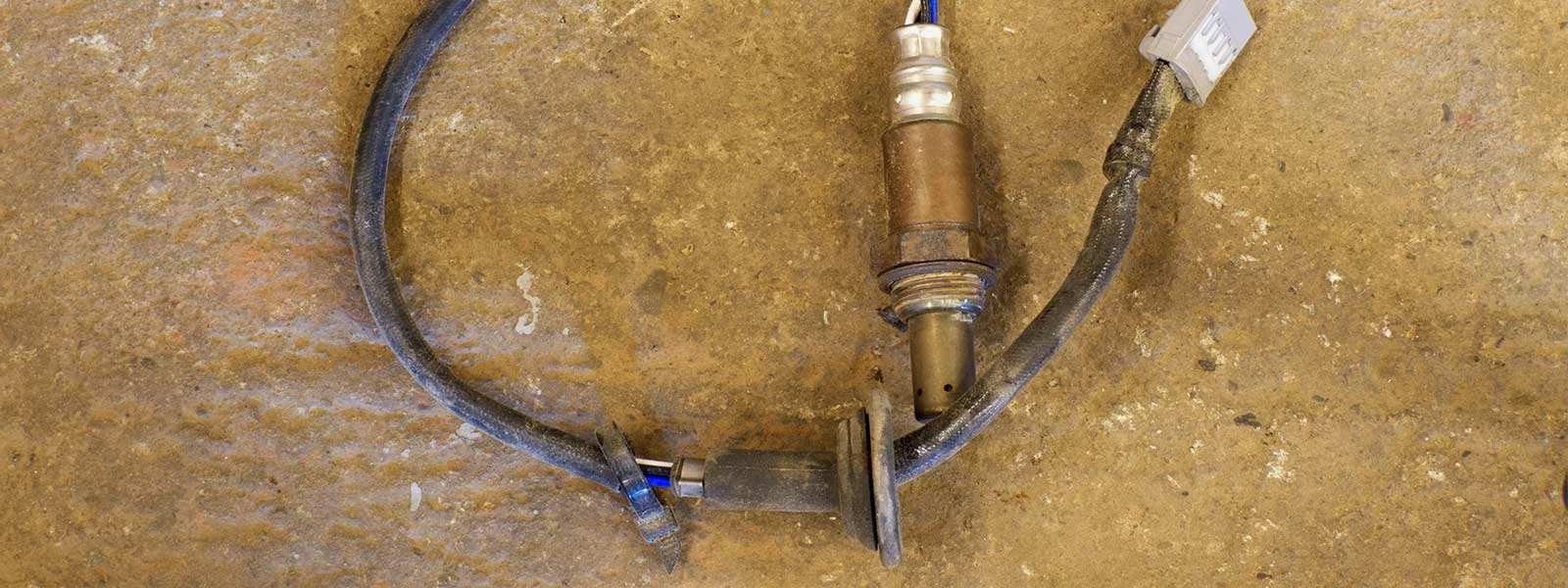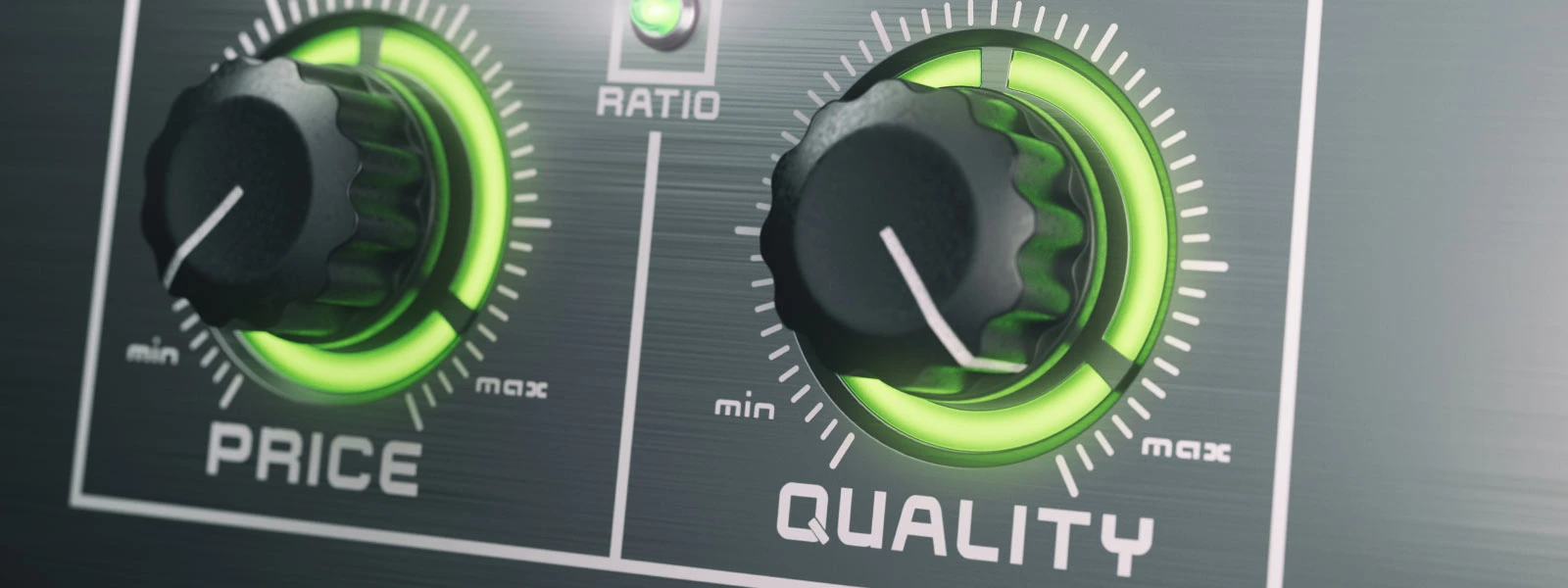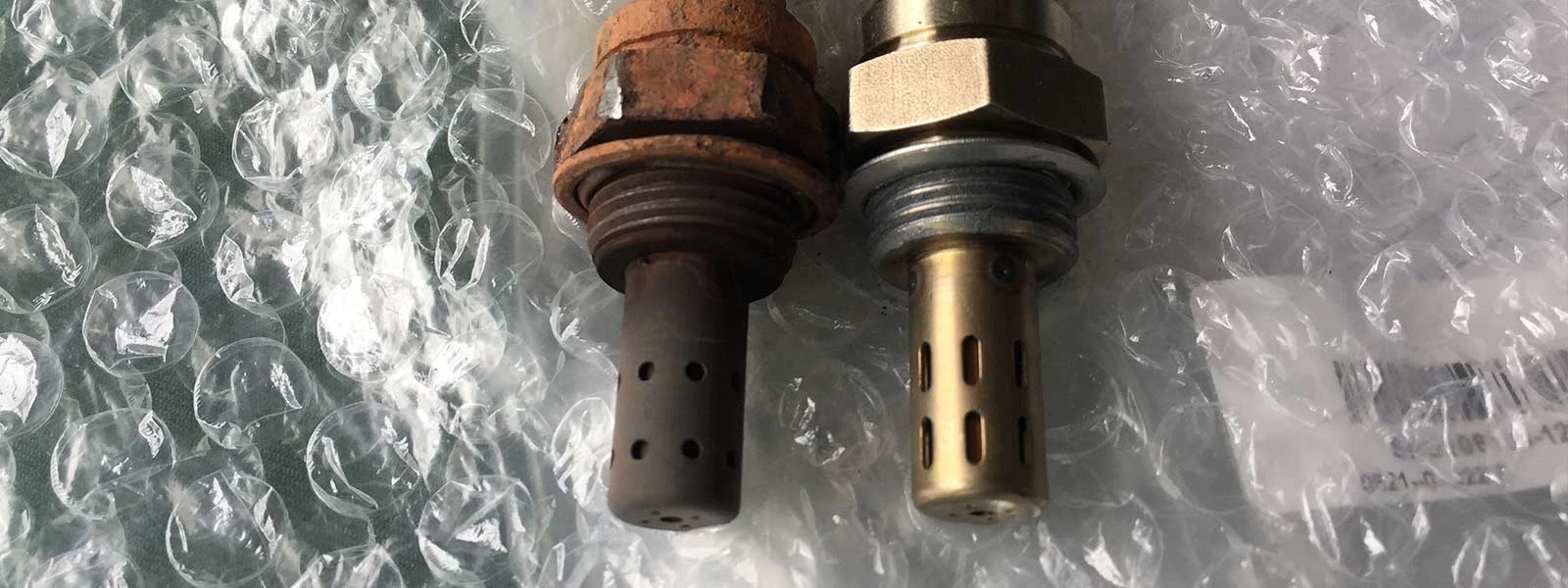How to Choose the Right Oxygen Sensor Cleaner?

The oxygen sensor is the heart of any modern vehicle. It helps to regulate how much fuel enters the engine, keeping it running at optimal efficiency. Oxygen sensors can be found on nearly all modern vehicles, and they can either get dirty or go bad over t
The oxygen sensor is the heart of any modern vehicle. It helps to regulate how much fuel enters the engine, keeping it running at optimal efficiency. Oxygen sensors can be found on nearly all modern vehicles, and they can either get dirty or go bad over time.
If your car’s oxygen sensor has gone bad, it could throw off the readings on your vehicle’s dashboard display and cause inaccurate fuel mileage readings as well as rough idling when starting up or driving down the road.
This is why having an oxygen sensor cleaner on hand is so important for any driver who wants to keep their car running at its best!
However, choosing a good one that won’t damage other parts of your vehicle can be tricky if you don’t know what you’re looking for in terms of safety and effectiveness. That's where this article comes in!
This article with discusses all the features and benefits of a good oxygen sensor cleaner in detail. So, read till the end!

Qualities Of a Good Oxygen Sensor Cleaner
A good oxygen sensor cleaner should be cost-effective, convenient, and eco-friendly. With that in mind, here are some of the qualities of a good oxygen sensor cleaner.
It Must Be Non-Corrosive
To ensure that the oxygen sensor cleaner you use is safe for your car, it's important to know whether or not it will cause damage. Damage to the engine and environment are two things that can occur if a product is too corrosive.
In this case, "corrosive" means something that causes an oxidation reaction in other materials. This can happen because of impurities in the cleaner or because there's too much of one ingredient (i.e., sodium hydroxide) in comparison to another (i.e., water).
The best way to check if a product is corrosive is by checking its pH level before using it on your car. The pH scale measures how acidic or alkaline something is; neutral substances have a pH of 7 while highly acidic substances have a pH closer to 0 and highly alkaline substances have a pH closer to 14.
Anything below 6 should be avoided due to high acidity levels; anything above 9 may cause corrosion over time due to high alkalinity levels.
It Shouldn't Contain Harmful Chemicals
It's important to be aware of the chemicals in your oxygen sensor cleaner. For example, you'll want a product that is non-toxic and biodegradable. This will ensure that you won't accidentally expose yourself or others to harmful chemicals.
It should also be non-flammable and non-corrosive, as these could cause fires or chemical burns if spilled on skin. Finally, make sure it's not abrasive (e.g., using sandpaper) so you don't scratch the delicate surface of your car's sensors!
It Should Be Cost-Effective
For many people, the most important quality of a good oxygen sensor cleaner is cost-effectiveness. It's true that you can spend hundreds, even thousands on an oxygen sensor cleaning kit.
But this doesn't mean that those kits will be more effective than a cheaper one. In fact, there are plenty of options out there that provide great value for your money while still offering the same level of performance as more expensive models.

It Shouldn't Have a Lingering Odor
A good oxygen sensor cleaner should not have a lingering odor. The odor of the cleaner should dissipate quickly and shouldn't be overpowering or unpleasant in any way.
If you've ever used a chemical cleanser on your vehicle, you know how bad it can smell when it's still on your hands hours after you washed your car.
The same goes for an oxygen sensor cleaning product—its scent should dissipate quickly when exposed to air and shouldn't stick around for very long after application.
Work Efficiently and Effectively
There are a few different factors to consider when looking for an oxygen sensor cleaner. One of the most important is how quickly it works.
If you're in a hurry, you don't want to have to wait around for hours for your car's oxygen sensors to be cleaned. You also don't want to spend more time cleaning than necessary because time is money!
Easy-To-Use
You should be able to use the cleaner with little hassle. The cleaner should have an easy-to-read application guide, and it should come with a corresponding tool for easy application.
The cleaner should also be easy to store and transport in your vehicle. If you're on the road and need to clean your oxygen sensors, you don't want a complicated device or process that will take up space or slow down your trip.
Finally, you want a product that is easily disposed of after use so that it doesn't end up in landfills where it can pollute the environment.
What Factors to Know Before Buying an Oxygen Sensor Cleaner
Car owners are often concerned about the importance of oxygen sensors in their vehicles. These sensors monitor how much oxygen is in the exhaust, so they can tell if there's a problem with your car's emissions.
The cleaner can help you diagnose problems with your vehicle before they become serious. Here’s everything you need to know about this essential tool before buying one:
Features
If you are wondering what the cleaning power of an oxygen sensor cleaner is, let us tell you that it is quite powerful. It can clean the oxygen sensor thoroughly and in no time at all.
This process usually takes less than fifteen minutes for most vehicles and it does not require any special preparation. The oxygen sensor cleaner cleans your vehicle's oxygen sensors with a pH-neutral formula that does not damage them in any way.
What's more, this product also makes sure that your car stays safe by removing any harmful deposits left behind by other cleaners or products. Additionally, this product protects your engine as well as helps increase fuel efficiency!
If you want to know how long it takes before using an oxygen sensor cleaner again after cleaning them once with it then just remember that there's no need for doing so since these cleaners are reusable if used properly.
Compatibility
When buying the oxygen sensor cleaner, make sure to check for compatibility. If you are un sure about the compatibility of your vehicle, ask a mechanic.
In case if you don't have access to a mechanic or have any doubt about the compatibility of your vehicle with an oxygen sensor cleaner, it is better that you buy a more expensive product than save money on something that might cause damage to your car.
You can always buy a new oxygen sensor cleaner if it does not work for you as expected.

Price
The price of the oxygen sensor cleaner should be in line with the quality of the product. High quality cleaners will have a higher price, but it is still reasonable.
If you find an oxygen sensor cleaner that is too cheap, then it might not be as good as other products. With all things, you get what you pay for!
How To Use an Oxygen Sensor Cleaner to Clean the Oxygen Sensor?
Cleaning the oxygen sensor is an easy task that takes only a few minutes. You can do this process yourself, or if you prefer to have it done by a professional, take your car to an auto repair shop and they will clean the oxygen sensor for you.
- The first step in cleaning your oxygen sensor is removing the wire harness from around the sensor; if there's no wire harness then skip this step.
- Next, brush away any dirt or grime that may be on top of the sensor with a soft-bristled toothbrush (you can also use compressed air).
- Before reinserting it into its housing and securing it back into place correctly, apply a thin layer of EVA foam tape around where exposed wires meet metal connectors for extra protection against electrical short circuits caused by humidity or water leaks inside cars’ engine compartments.

What are the Benefits of Using Oxygen Sensor Cleaners?
There are several benefits to using an oxygen sensor cleaning kit.
- The cleaner will help to remove carbon deposits that may have built up on the sensor and cause it to malfunction.
- It will remove oxidation from other components in your engine that can cause similar problems.
- It may be able to dissolve contaminants like oil or coolant. If you’re experiencing issues with performance or overheating, this could be what you need!
- An oxygen sensor cleaning kit will help to reduce the amount of time it takes your car to heat up.

Conclusion
If you go with the wrong cleaner, it may damage or even permanently destroy your oxygen sensor. With a number of options on the market, it can be hard to choose the best one for you.
Not all oxygen sensor cleaners are created equal. When choosing which one is right for you, there are several factors to consider.
To help you make a well-informed decision, we have compiled the list of factors to consider and explained that what are the main qualities that a cleaner should have.
